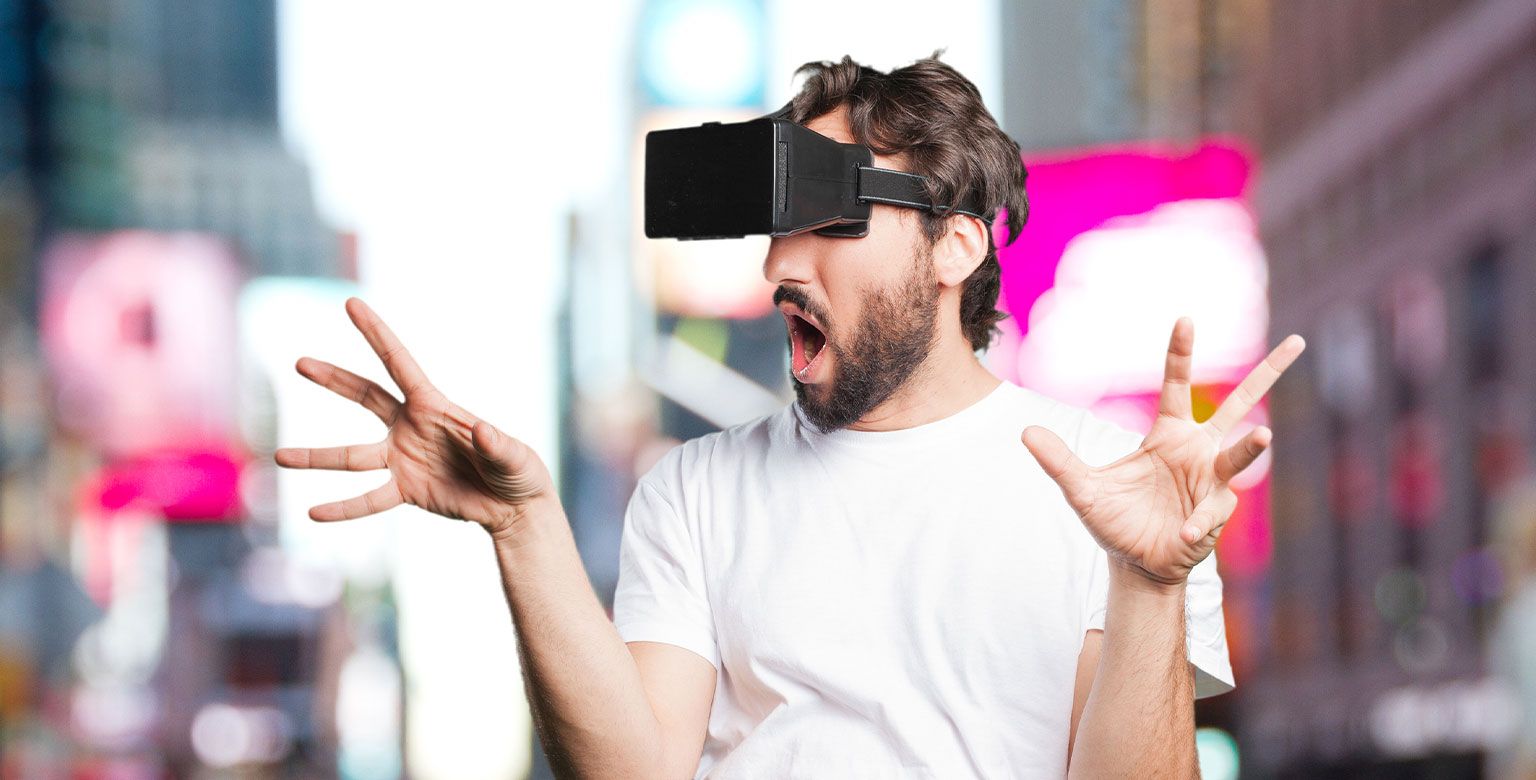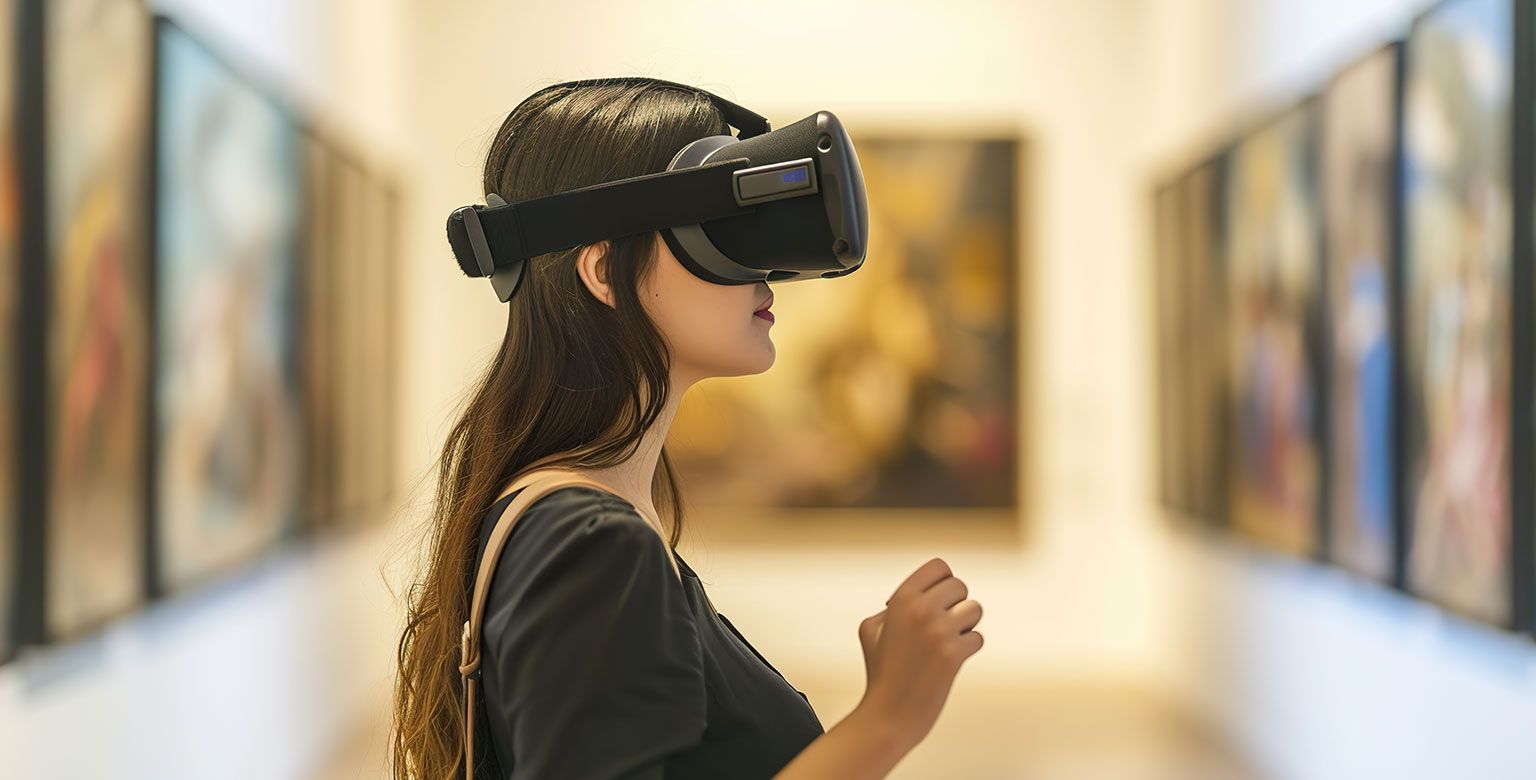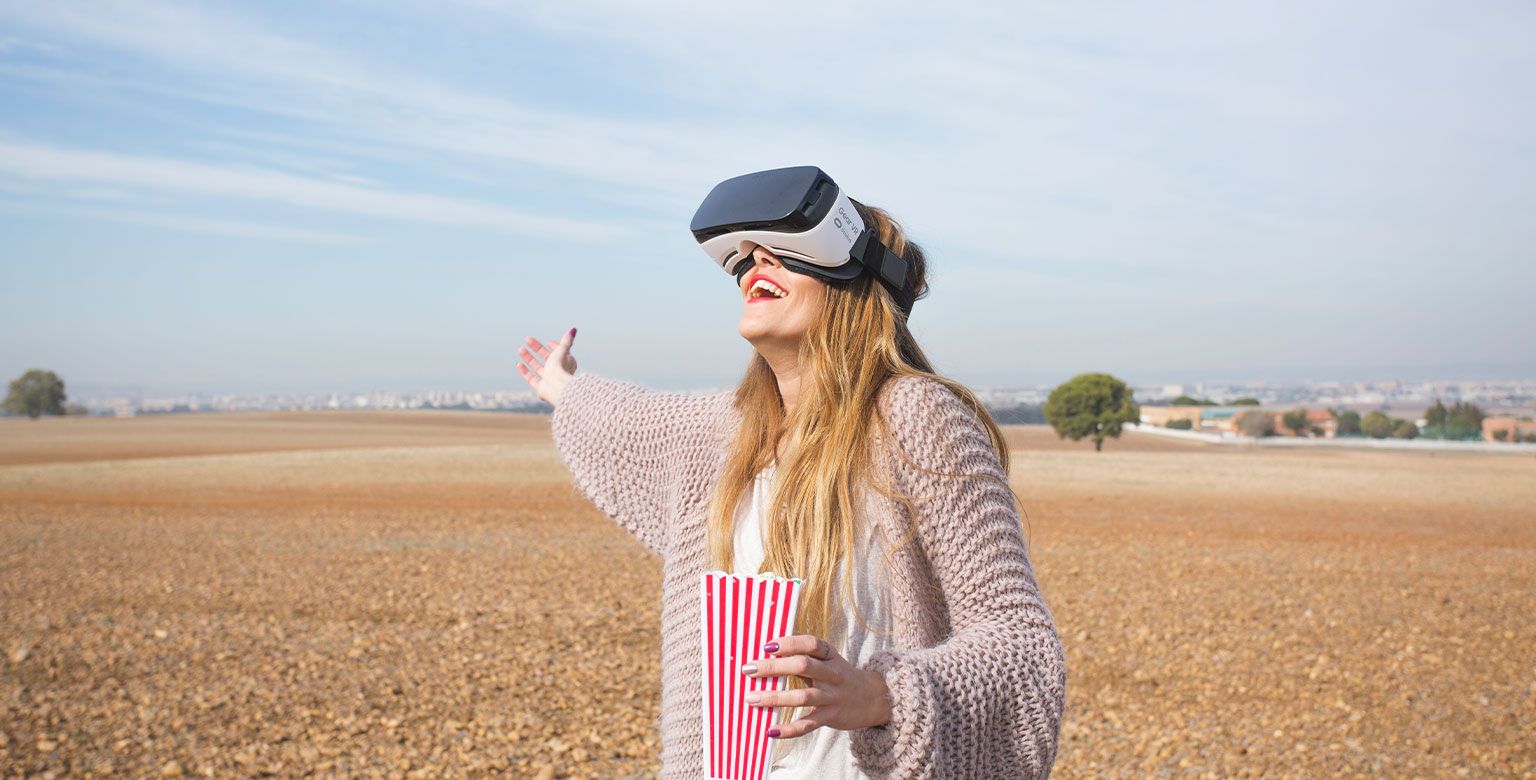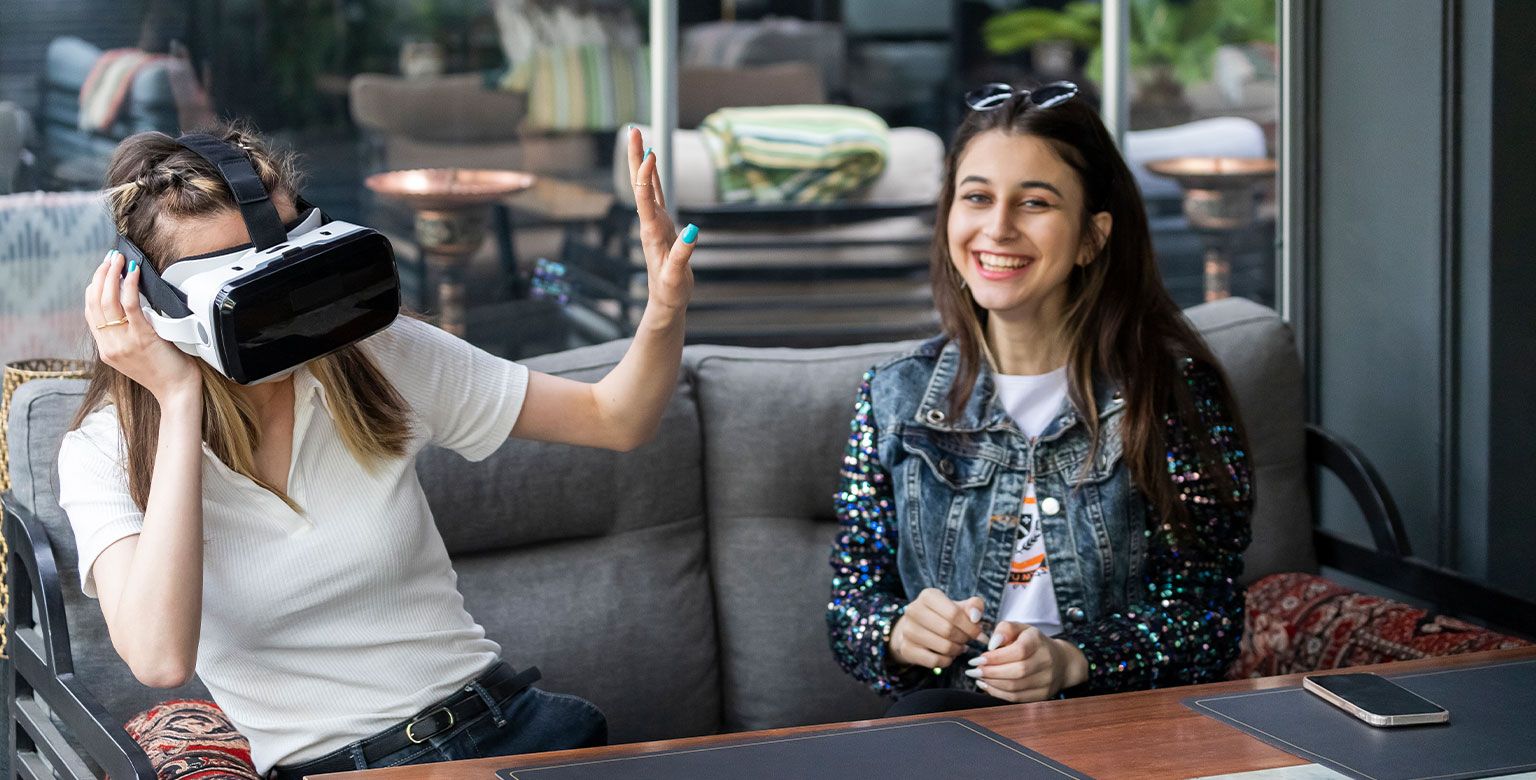
Ar in travel transforming the way we explore

Augmented Reality (AR) is revolutionizing the tourism industry by blending digital information with the real world to create immersive and interactive travel experiences. Through a device, AR can provide interactive city guides with real-time information, bring museum exhibits to life with 3D models, and enhance nature tours with geological and biological facts. It also aids in overcoming language barriers with real-time translation. While AR holds great promise for the future of travel—including wearable devices and holographic tours—it faces challenges such as the high cost of technology, the need for widespread infrastructure, and privacy concerns related to data and location tracking.
Travel has always been about exploration, discovery, and new experiences. But with technology evolving at a lightning pace, the way we travel is being redefined. One of the most groundbreaking innovations changing the face of tourism is AR in travel. Augmented Reality in tourism doesn’t just enhance our travel experiences—it transforms them completely. From virtual guides to interactive historical tours, AR provides travelers with a unique, immersive, and engaging way to explore destinations.
What is Augmented Reality (AR) in Travel?
Augmented Reality (AR) integrates digital elements into the real world, seen through a device like a smartphone, tablet, or AR glasses. Unlike Virtual Reality (VR), which creates entirely new environments, AR overlays digital information—text, images, or interactive 3D models—onto your current surroundings. When applied to travel, AR allows travelers to have a richer, more interactive experience, bridging the gap between the physical and digital worlds.
Whether it’s using AR to navigate through a bustling city or to add a layer of history to a museum tour, AR travel experiences offer a next-level engagement that static maps or
Guides simply can’t match.
How AR is Revolutionizing the Tourism Industry
The AR tourism industry is buzzing with potential. Here are some of the top ways AR in travel is enhancing the way we see the world:

1. Interactive City Guides
Imagine wandering through the streets of Rome or Tokyo. Instead of pulling out a map or Googling landmarks, you simply hold up your phone to instantly receive information about the building you're standing in front of. AR for travelers turns the city itself into an interactive guide. Monuments, museums, and landmarks become immersive digital hubs of information. Think of pop-up historical facts, restaurant reviews, or even real-time weather updates.
Companies like Layar and Google Lens already offer AR-enhanced experiences, guiding tourists through unfamiliar streets while enhancing their journey with real-time data and visuals.

2. Immersive Museum Experiences
Gone are the days of reading small plaques next to artifacts. Now, with AR in tourism, museums are taking things a step further by offering fully immersive and interactive experiences. Visitors can point their phones at exhibits and see 3D recreations of ancient civilizations, battles, or even characters from history come to life. This has become an incredibly effective educational tool, particularly for younger generations, making history feel more accessible and engaging.
An example is the Louvre's Mona Lisa AR experience, where visitors can get an in-depth digital breakdown of the famous painting, including historical context and artist insights, all while standing in front of the real thing.

3. Enhancing Nature Tours
Whether hiking through the Swiss Alps or strolling along a secluded beach, AR travel experiences can make nature even more engaging. Apps like ViewRanger and Hoverlay offer features where hikers can point their phones at a mountain range or lake and immediately receive geological facts or information about nearby wildlife. This not only makes the experience more educational but also more connected to the environment.

4. Language Translation and Navigation
Another significant innovation of AR in travel is the use of real-time translation and navigation tools. Travelers often find themselves lost or struggling with language barriers, but immersive travel technology like AR solves that problem. Apps like Google Translate now allow users to simply hover their phone over a foreign sign or menu, and the text will instantly translate into their native language. This AR-assisted function makes international travel more accessible to everyone, breaking down language barriers effortlessly.
The Future of Travel with AR
The future of travel tech is bright, with AR at the forefront. As AR technology continues to develop, we can expect even more sophisticated experiences, including holographic tours and personalized travel itineraries based on real-time AR data. Imagine booking a flight and previewing your entire travel itinerary in AR before you even leave your home, walking through virtual versions of your hotel, restaurants, and attractions.
Some experts predict that the next big leap in AR in tourism will be wearable AR devices that will eliminate the need for phones or tablets, fully immersing travelers in an augmented experience. This tech could also pave the way for "virtual travel," where users can explore far-off destinations without physically being there, further transforming the concept of tourism itself.
Challenges to AR in Travel
While AR for travelers holds incredible promise, it also faces challenges. One of the biggest is accessibility. High-end AR technology is still relatively expensive, and not all travelers have access to the latest smartphones or AR-compatible devices. Additionally, widespread adoption requires significant infrastructure investment from cities, landmarks, and tourism boards to ensure that AR applications are available and functional in key locations.
Privacy concerns also arise with AR, as the technology relies heavily on personal data and location tracking to function effectively. The challenge for developers and tourism agencies will be ensuring that AR remains safe, private, and secure for all users.
Conclusion
AR in travel is an exciting frontier redefining how we explore the world. From interactive city guides to immersive museum experiences and enhanced nature tours, AR travel experiences elevate tourism into a more engaging, educational, and accessible adventure. As technology continues to evolve, the future holds even more potential for immersive travel technology to transform the industry. Although challenges remain, the future of AR in tourism looks incredibly promising, and we're only at the beginning of this digital revolution.

Planingo
FAQ
